Shibori Introduction and Dyeing Techniques Tutorial: Part ONE
Following on from our recent Organic Indigo Vat Tutorial, today we have a Shibori tutorial for you in two parts. Shibori is the Japanese word for the ancient art of creating patterns through resistance and manipulation. This is usually done by binding, stitching or clamping fabric before dyeing in an Indigo vat. There are many other different ways of creating an unlimited range of patterns by gathering, pleating, folding, wrapping and compressing your fabric. I encourage you to experiment freely in order to find the patterns that you are drawn to. This can be a great project to incorporate into your sewing work.
In Part One I am going to talk about preparation steps, in Part Two I will show you two simple folds with examples of variations to create a few different patterns.
Indigo Vat
First of all, have your Indigo Vat ready. In case you need it, here is a detailed tutorial on how to create an Organic Indigo Vat. Next, use a few test strips of fabric to check if your vat is producing good blues. If the vat has been sitting for a while, you will need to ‘wake it up’ by gently stirring it through. I like to slowly warm mine on a very low heat before using.
When dyeing with plant dyes you will need to use 100% natural fibre fabric that has been prepared for dyeing to remove any residual oils, waxes or impurities by a method known as scouring. For detailed instructions on this, see the free PDF How to Naturally Dye Linen. For this tutorial, I used FS BLEACHED Light Weight Linen, cut into rectangles 10″x 15″. When you first start experimenting, I recommend using small pieces of fabric to familiarise yourself with the process and once you feel confident you can move onto larger pieces.
Prep Notes
For this tutorial, I used old kitchen tiles and photographer’s G-clamps. You can substitute ceramic tiles with jam jar lids, or pieces of wood lying around which you can cut to your desired size; alternatively, wooden rulers also work great and are easy to saw. Just keep in mind, that whatever you are using you will need a pair of equal size. You can source clamps in hardware stores, but if you have trouble finding them, you can also try binding your fabric and tiles with rope, but make sure to bind extra tightly. The areas that are bound stop the dye from penetrating the fabric and if they are not bound tight enough, the dye will leak in and the patterns will be less defined, showing less contrast.
When you are using the indigo vat, be gentle and slow when putting your pieces in and removing them from the vat. Every time you put something into the vat, you are introducing oxygen.
The longer you leave your pieces in the vat combined with the number of times you dip will determine the shades you get. For example, if you dip in your piece once, you will get a beautiful light/pale shade of blue. The more you dip it the darker it will become. Make sure you let the piece oxides fully (completely change to blue) before redipping. Once you have the desired depth of shade you can finish dipping.
One last thing to consider is that indigo can be quite messy and it is usually best to do this outside or in an area that you don’t mind getting splashed with blue. Now that’s all covered, here is a list of all the tools you will need next week for Part TWO (which is the fun part!)
Tools
Gloves
100% natural fabric: such as linen or cotton.
4 x pieces of rectangular fabric
Clamps
Tiles or pieces of wood
Indigo vat
Basin or bowl to catch excess indigo
Basin or bucket of water for pre-soak bound fabric
Clothesline to hang your pieces once they have been washed





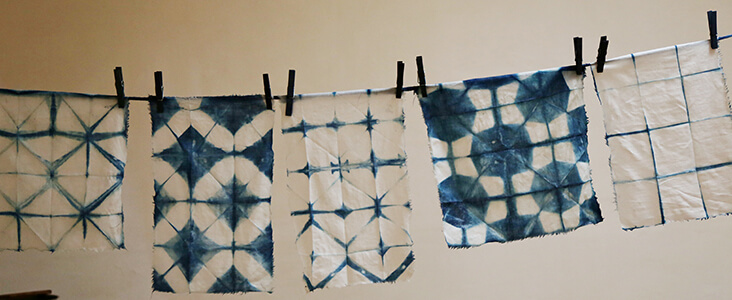
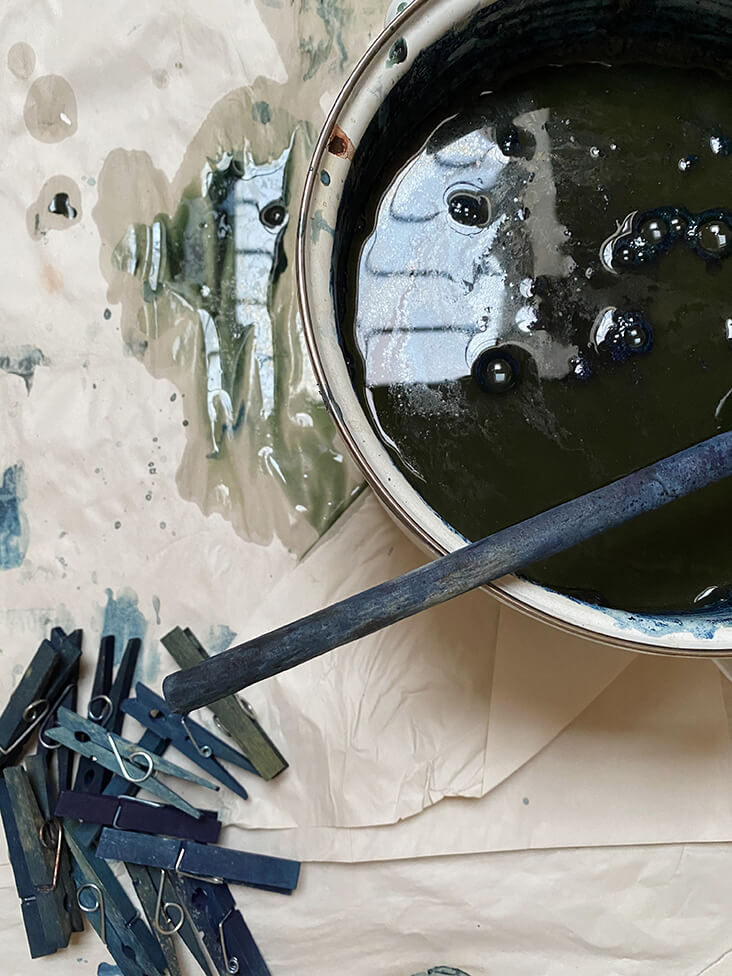
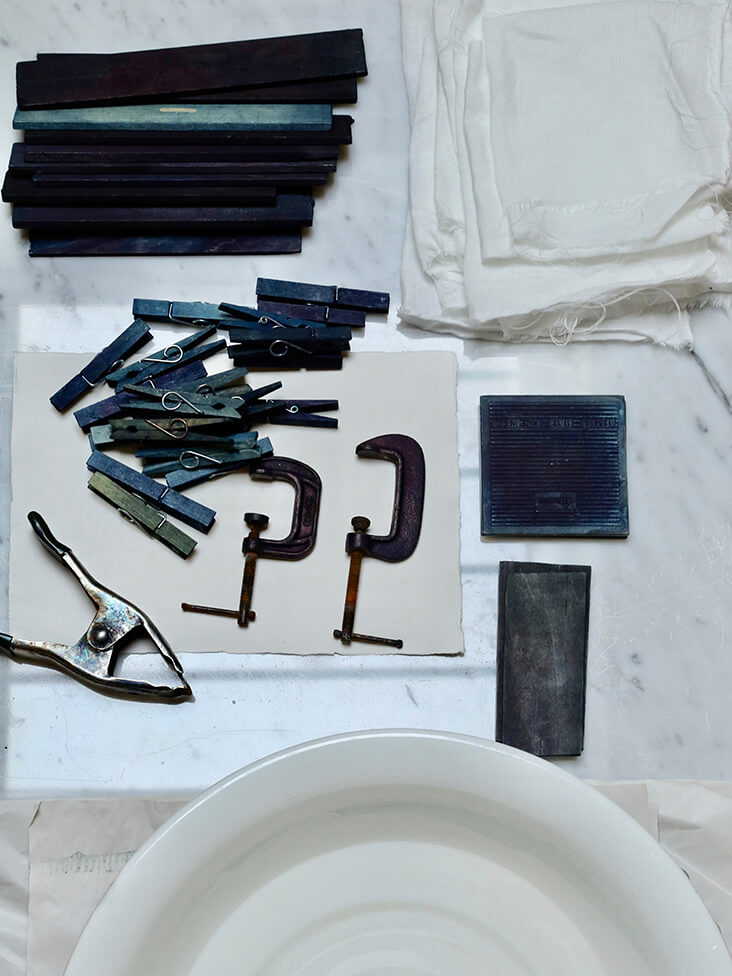










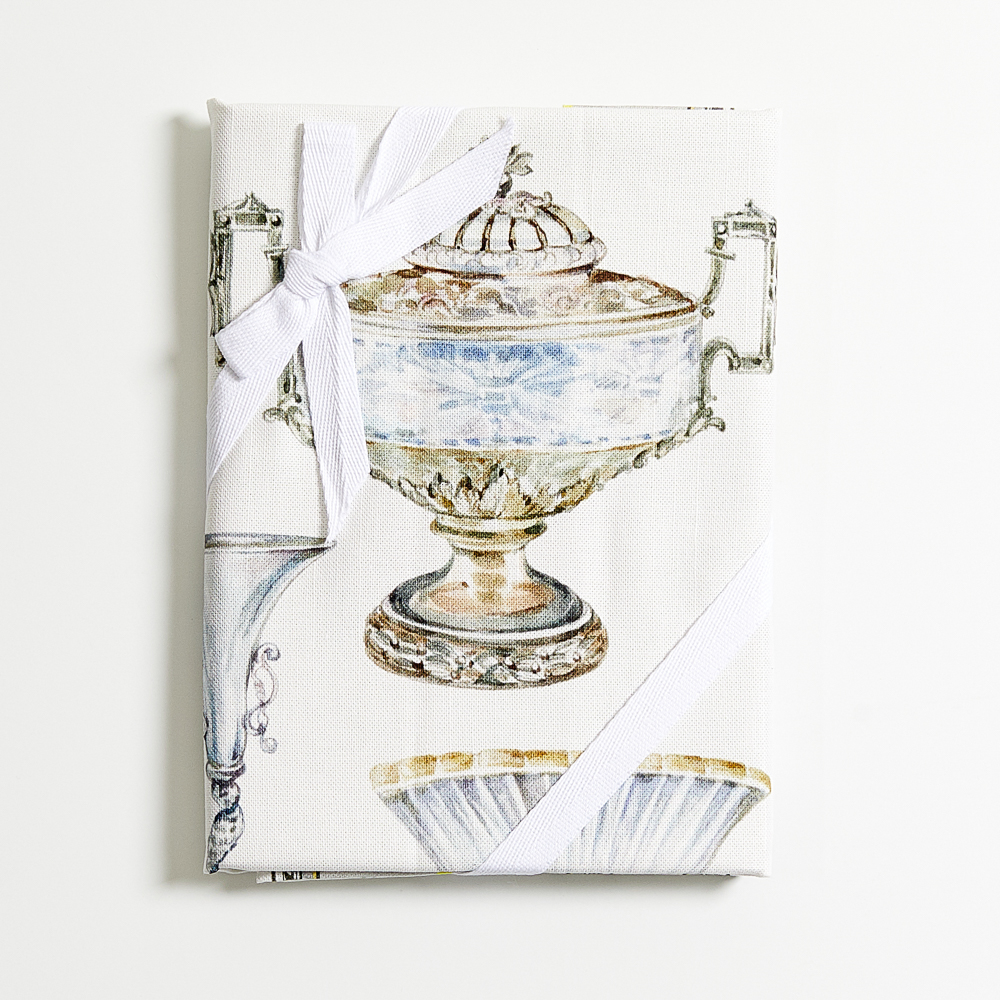







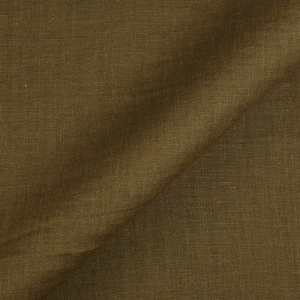
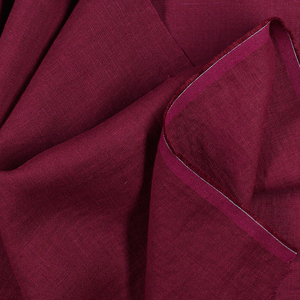
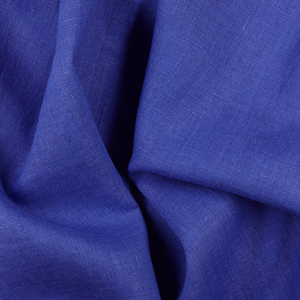




















2 Comments
Roxanna Rutter
I love love love this – it is so wonderfully creative and synchronistic to ‘dip’ back into a method of creating beauty I was fully immersed ijn in the 90’s for a summer. Thank you thank you!! beautiful instructions.
Kathryn Davey
Hi Roxanna, thank you so much for your feedback, so happy to hear that you love this. Yes, so wonderful to be able to dip back into a creative pursuit, I hope you enjoy the process x Kathryn